
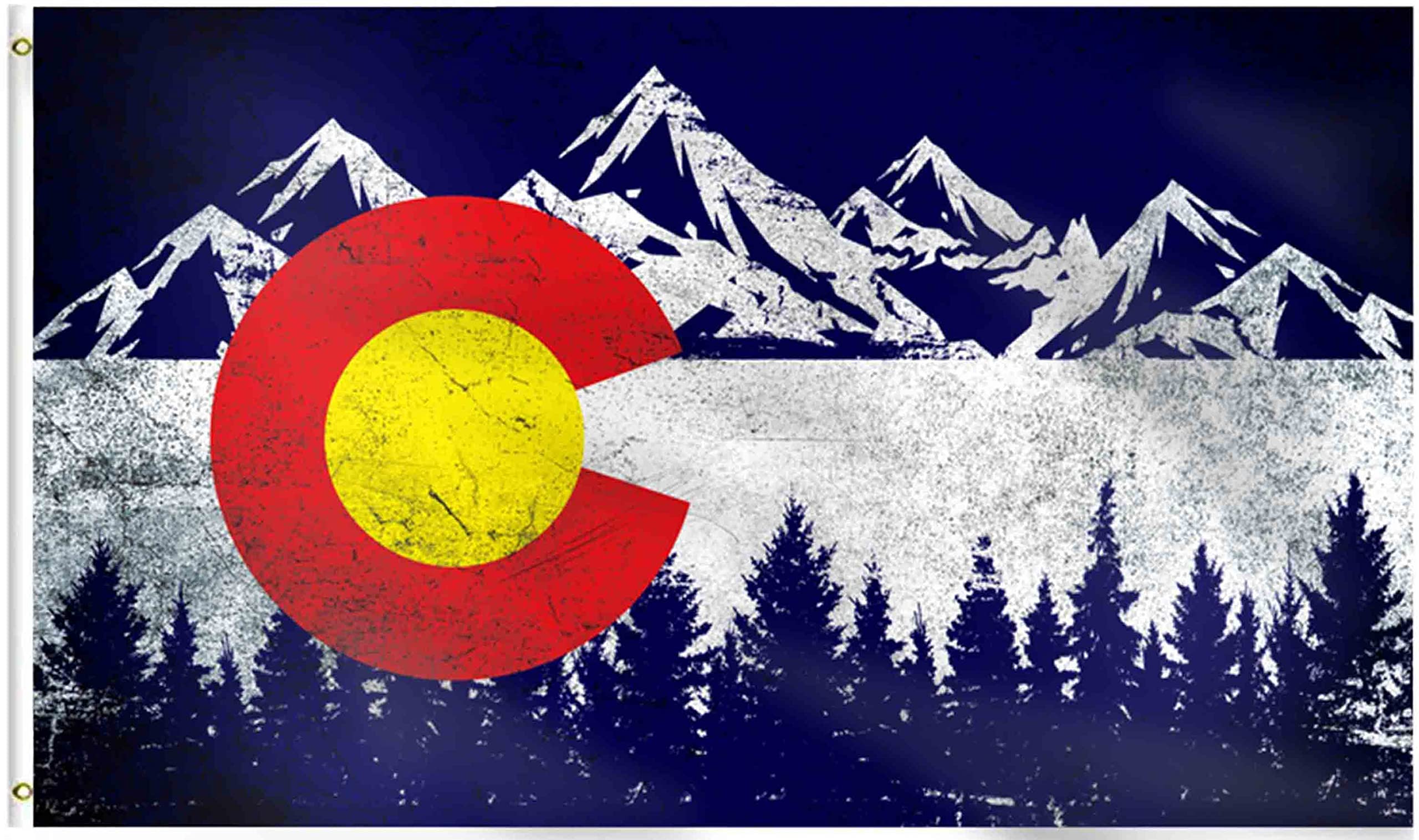
That’s definitely the tension I see, but then I’d have expected vet techs to be strongly in favor of it since it’d be a career opportunity for them.
I guess one thing I’ll add is that people with those degrees who work for USDA (i.e. not retail veterinary care for pets) are strongly against 129, which also makes me think it’s not simply an economic motive.


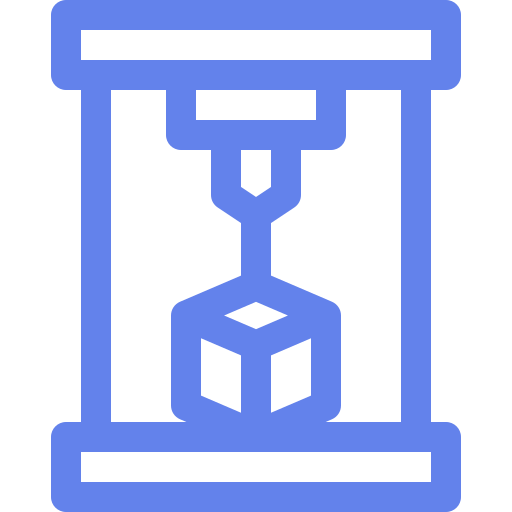

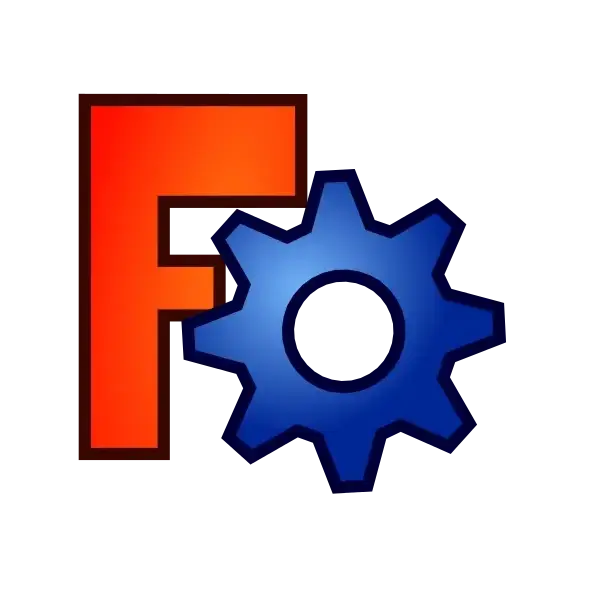
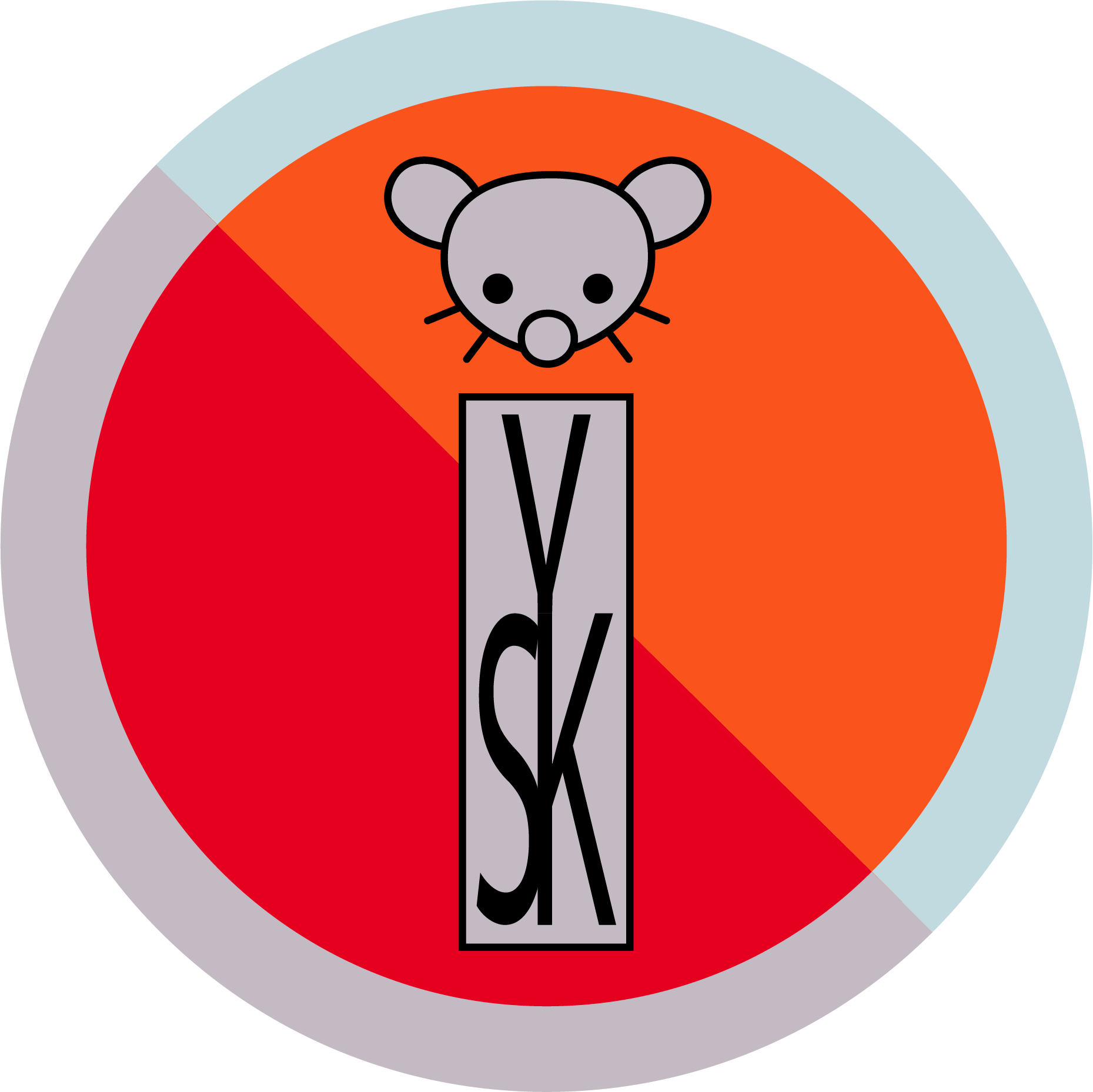

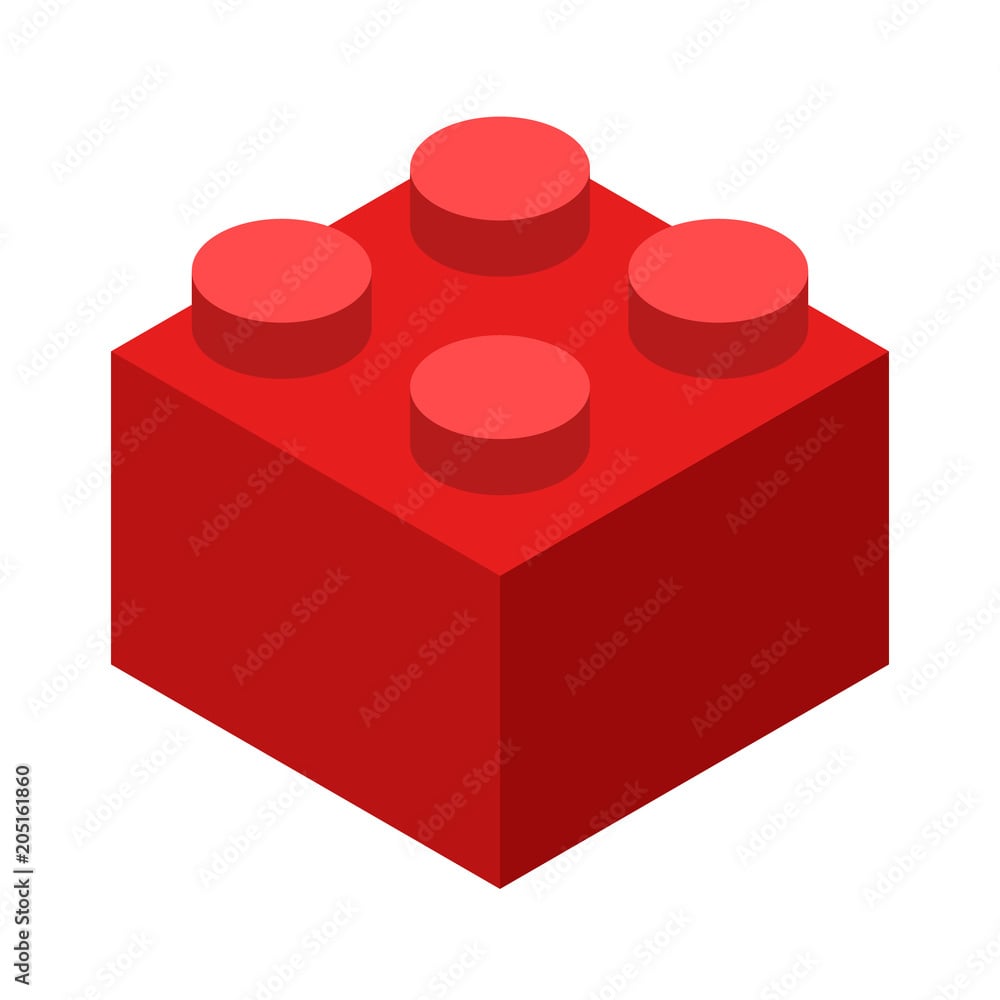

https://m.youtube.com/watch?v=5YGc4zOqozo